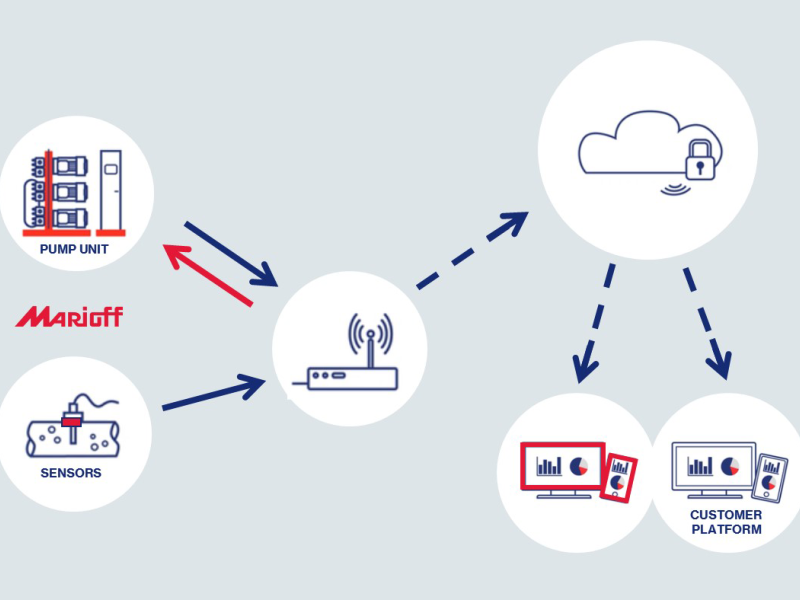In the wake of the Christchurch and Kaikoura earthquakes, the only sensible action was evacuation of every building within defined danger zones. Why? Because there was no data available which could show which buildings were unsafe for occupation, and which had survived the shake unscathed.
It’s a situation Global Seismic Data wants to turn around, combing the power of the Internet of Things and cloud software-as-a-service for instant insights into the structural integrity of any building, at any time.
That’s according to Steven Mclauchlan, the company’s Global Operations & Supply Chain Director. “Earthquakes are a fact of life in New Zealand and the challenge has always been minimising their impact and managing the risk they pose,” he says. “However, when it comes to the structural integrity of buildings in an area which has experienced a shake, we’ve had little choice but to evacuate, then wait for the engineers to provide a report.”
This takes time. When there are hundreds, or even thousands of affected buildings, it could be weeks, months or even years before an assessment is carried out. Only then can repairs be commissioned and carried out if necessary. If remediation isn’t necessary, then the occupants have been locked out anyway, unable to conduct business as usual.
Global Seismic Data is presenting its technology-driven solution to this problem at the Facilities Integrate conference taking place in Auckland this September. The company is demonstrating how, with the deployment of carefully calibrated low-cost sensors, coupled with cloud-access analytics software, building managers can take the pulse of all their assets from a single dashboard. The information could mean knowing within minutes if a building is – or isn’t – safe for occupation.
“Our Structural Health Monitoring System – SHMS – provides continuous monitoring of a building or infrastructure frequency, ambient noise, movement and other behaviour. This is a continuous health check, with the Seismic Data Sensors tuned and located in specific positions by trained engineers. This means we’re able to track all relevant metrics in real time,” Mclauchlan explains.
The sensors connect to the cloud-based system via 4G connection or can be ethernet based network, securely uploading data to the GDS cloud platform. Customers are equipped with their own portal, where they can access information on a single building, or a portfolio of buildings, through a browser or mobile app.
While an earthquake is a major event likely to focus the senses, there’s more to the SHMS system, as Mclauchlan makes clear. “Even small seismic events can have an effect over time, along with the usual wear and tear over time. Continuous monitoring of your building puts you in a position to accurately pinpoint issues as they arise, allowing a move from reactive to proactive maintenance. And with buildings, as with anything else, prevention of a major incident is always better than remediation after the fact.”
He says an SHMS-equipped building has many potential benefits, all linked to the power of accurate information. It can allow more targeted deployment of Emergency Management Services after an earthquake. Engineers can use the data to rapidly assess building safety.
Data gathered over time can guide design structural remedies for ground movement. Insurers can better align premiums to building seismic performance. Building owners and occupants can gain an empirical data on the actual performance of their structures before and after seismic activity. And councils can improve their regulations around structural standards.
“This system exposes the kind of information and insight which is necessary to shift the focus from managing disaster to managing risk,” says Mclauchlan. “It has the potential to fundamentally change how we deal with the inevitable in New Zealand – and part of that could very well mean saving lives and reducing impact on the economies.”
Facilities managers and all those interested in learning more about GSD and its solutions for tracking building health are invited to attend Facilities Integrate 2019. The trade-only event takes place 25-26 September 2019 at the ASB Showgrounds in Auckland.
Attendance is free for all registrations prior to midnight 23 September. Tickets for those registering after this date are priced at $25. All pre-registrations go in the draw to win a Panasonic Premium 4K Smart TV worth $2,299.99.
For more information or to
register your interest, visit
https://www.facilitiesintegrate.nz






